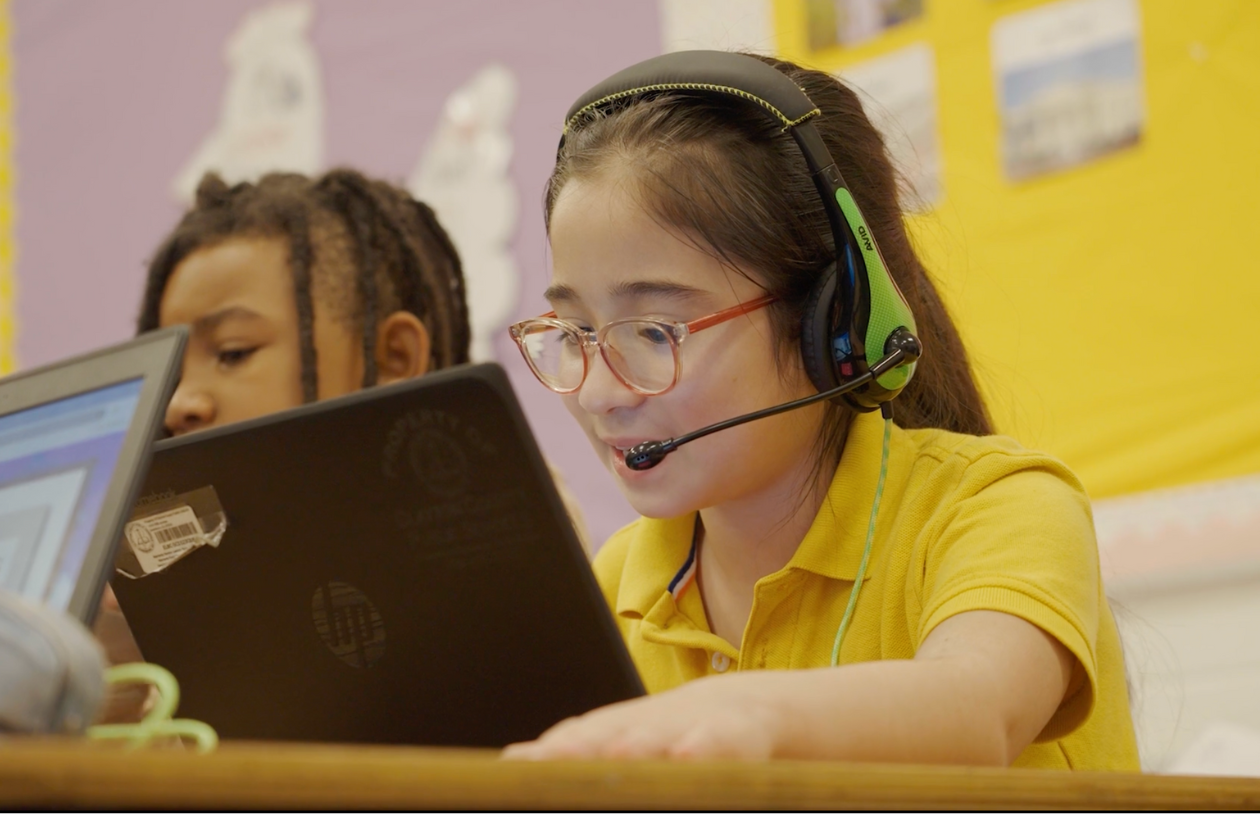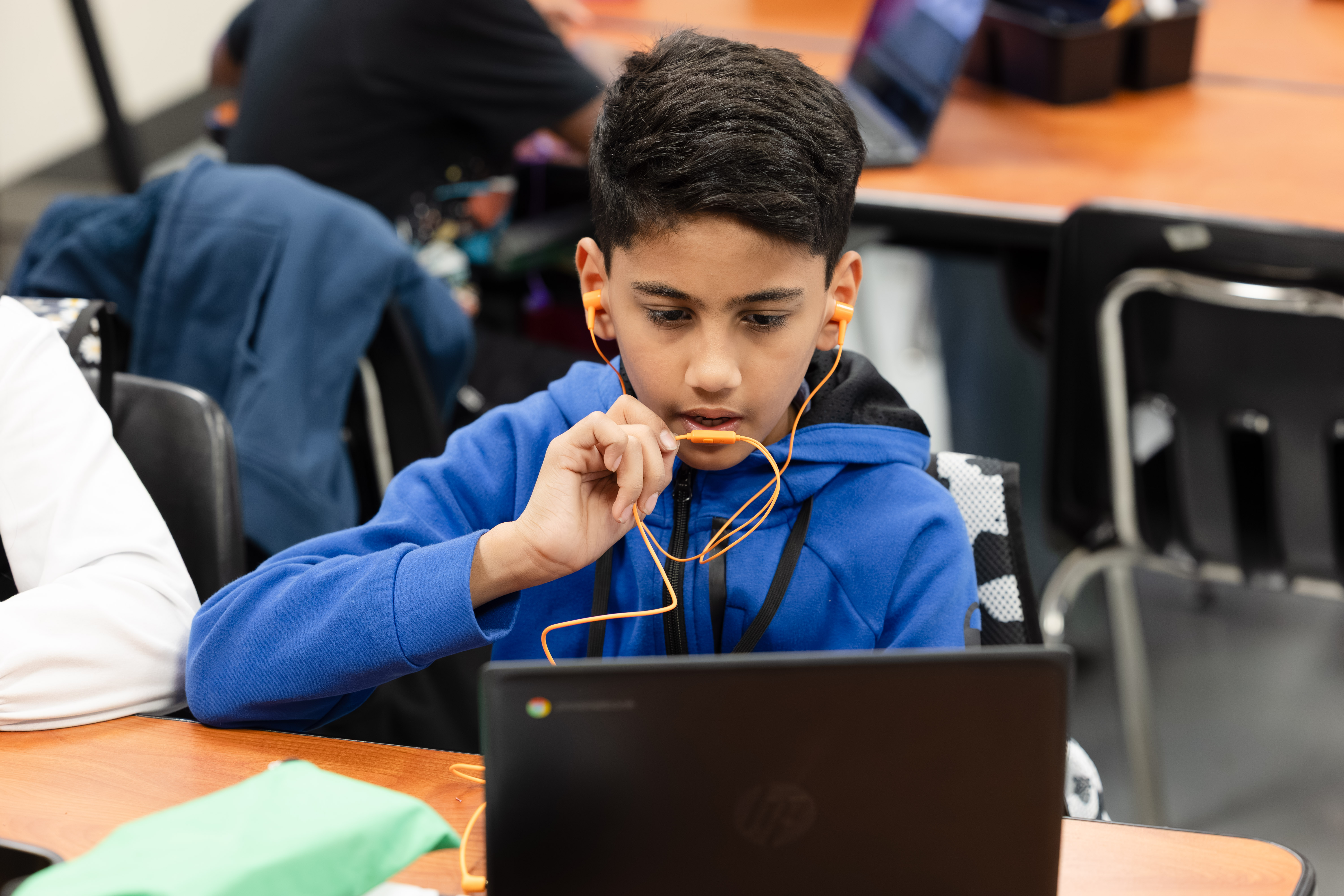Why IDA Guidelines Matter for Early Dyslexia Screening

Early identification of dyslexia is one of the most powerful strategies for changing student reading trajectories. The reading brain is most malleable in the early years, making kindergarten through second grade a critical window to detect risk and intervene before difficulties become deeply rooted.
The International Dyslexia Association (IDA) has been instrumental in shaping the standards for effective early screening, grounding its guidelines in decades of research to identify the most predictive indicators of reading difficulty.
Yet today far too many assessments fall short, either oversimplifying risk or failing to capture the multidimensional nature of reading development. Truly accurate reading assessment draws on years of IDA research and decades of neuroscience to capture the most predictive indicators of reading difficulty, reflecting the full complexity of how reading develops in the brain and what risk looks like in the early grades.
The Science Behind the IDA Guidelines
The IDA’s guidelines for K–2 universal screening are built on decades of research identifying the constructs that most reliably predict dyslexia risk. Each construct reflects a critical pathway in the reading brain and provides an early signal of potential difficulty.
Rapid Automatized Naming (RAN)
One of the strongest predictors of both dyslexia risk and later reading achievement, reflecting how quickly the brain retrieves and produces familiar information.
Phonological Awareness
Consistently identified as a core marker of dyslexia. Skills like segmentation, blending, isolation, and manipulation are among the best early predictors of future reading success.
Letter-Sound Association
Part of the alphabetic principle and an essential foundation for decoding. Weakness here often signals long-term challenges with word recognition.
Phonological Memory (nonword repetition)
A sensitive indicator of underlying processing challenges, showing how well students can hold and manipulate sounds in working memory.
Word Recognition & Fluency
Direct measures of how easily and automatically students can read words provide insight into accuracy and efficiency.
Oral Vocabulary
A critical foundation for comprehension and long-term growth, shaping how students attach meaning to the words they decode.
Together, these constructs provide a multidimensional picture of a child’s reading readiness and offer powerful early predictors of dyslexia risk.
How Amira Learning Brings the Guidelines to Life
Amira’s dyslexia and reading risk screener was designed in collaboration with Dr. Jack Fletcher, one of the foremost researchers in reading difficulties and a consulting psychometrician to the IDA. With this foundation, Amira ensures that every IDA-recommended construct is measured in a way that makes sense for each grade level:
- In kindergarten, tasks like RAN, phoneme segmentation, and nonword repetition capture early risk signals—even before most children can read words.
- In first grade, Amira adds decoding tasks such as letter-sound fluency and word identification, while still measuring phonological awareness and memory.
- In second grade and beyond, oral reading fluency and comprehension tasks come into play, giving a fuller view of how word-level skills connect to meaning.
This progression ensures screening is both developmentally appropriate and scientifically rigorous.
Why This Matters
State dyslexia screening mandates are becoming the norm. While some screeners go beyond simple labels, many still lack the depth or instructional connection teachers need to act effectively. Amira takes the IDA constructs a step further by connecting them directly to classroom practice.
- Reports provide insights on specific standards and skills, helping teachers see not just that a child is at risk, but exactly where intervention is needed.
- Skill-specific IRIPs (Individualized Reading Instruction Plans) are automatically generated, linking risk indicators to next instructional steps.
- District-level reports give leaders a clear view of reading risk across schools, grades, and student groups, helping them plan resources and supports.
This makes screening more than a compliance exercise. Amira becomes an AI instructional assistant for guiding timely instruction and intervention.
Closing: Science That Leads to Action
The IDA guidelines remain the most trusted framework for early dyslexia screening, precisely because they are grounded in decades of converging evidence from neuroscience, psychometrics, and education. By embedding these constructs into every grade-level screener, Amira ensures that no early risk signal is missed.
More importantly, Amira translates these risk indicators into actionable next steps, ensuring that teachers, MTSS teams, and administrators are equipped not only to identify risk, but to change outcomes.
Because when it comes to dyslexia, early detection paired with early intervention can make the difference between years of struggle and the path to a lifelong reader.
Read the next blog: The Multiple Deficit Model: Understanding Dyslexia as More Than Phonology
Read more from the AI & The Reading Brain Blog


.avif)
